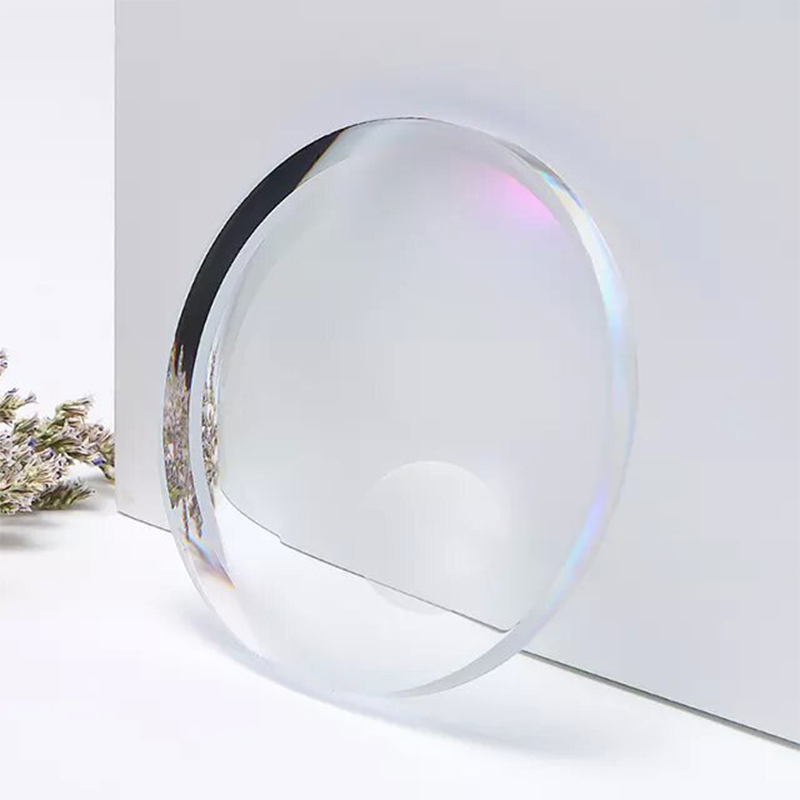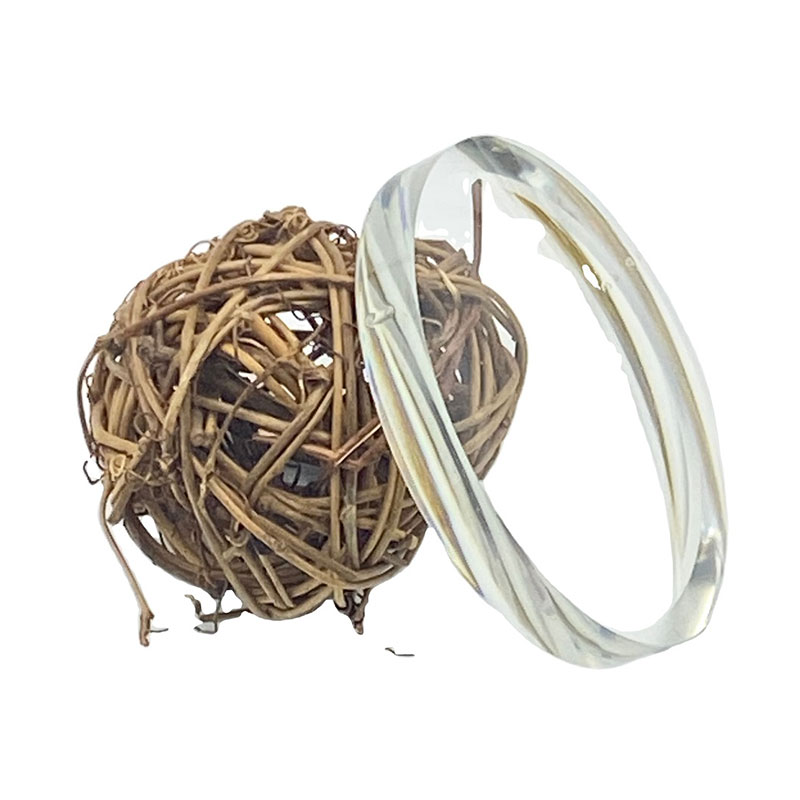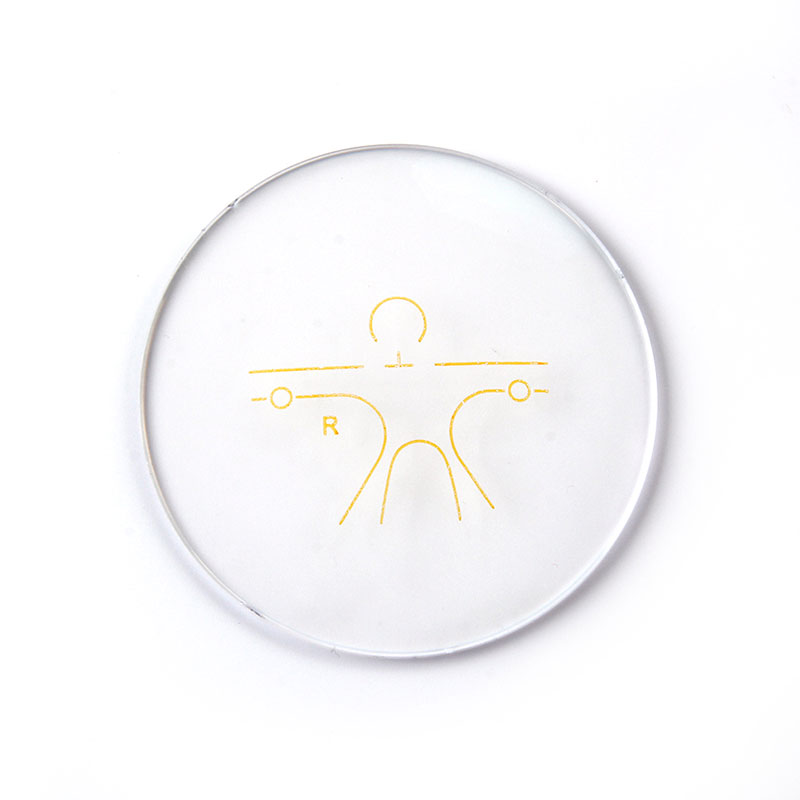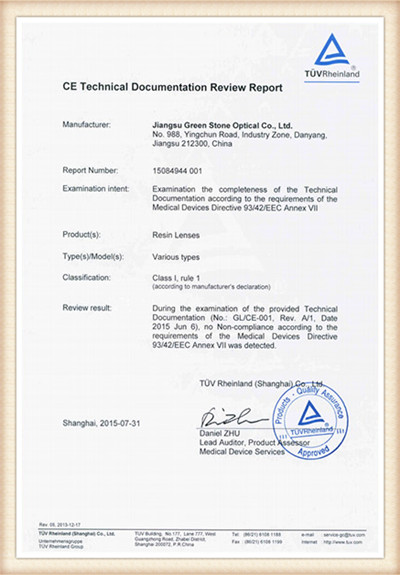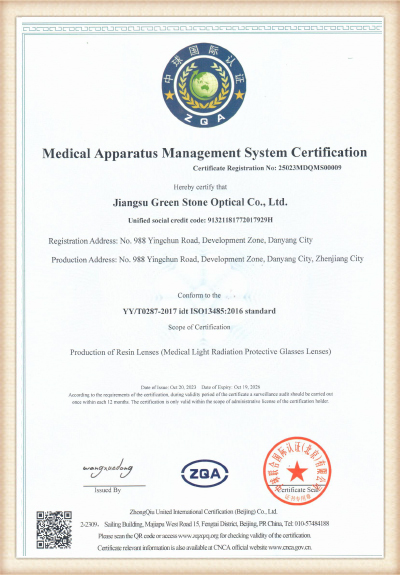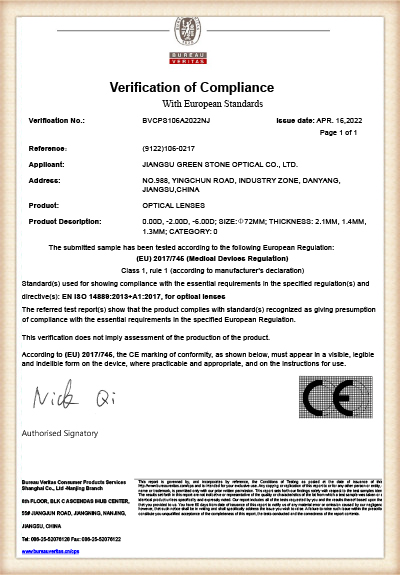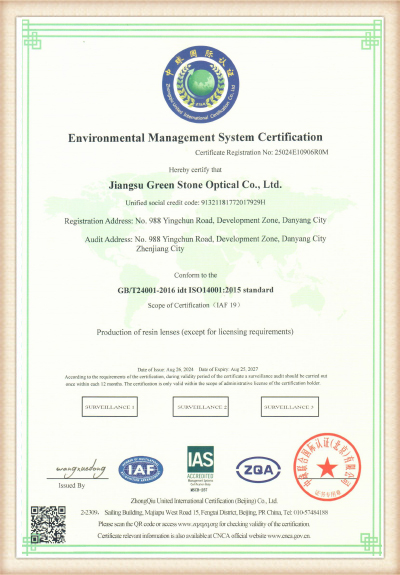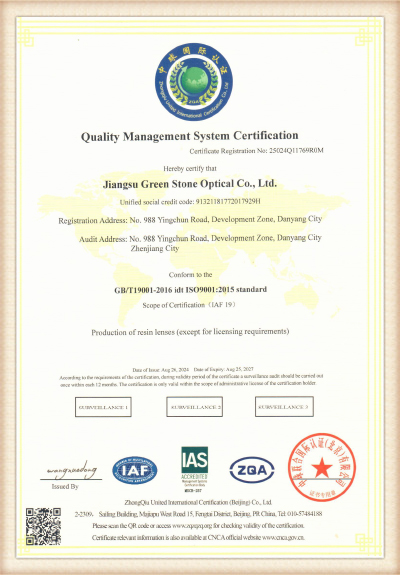Introduction to Core Concepts: The Purpose of Polarized and Photochromic Lenses Advanced lens technologies are designed to enhance visual comfort and protect the eyes from harmful light. Among the many high-quality options, Polarized Lenses and Photochromic Lenses are two of the most popular choices, yet they address d...
READ MORE
Product Series
Stock Lens
-
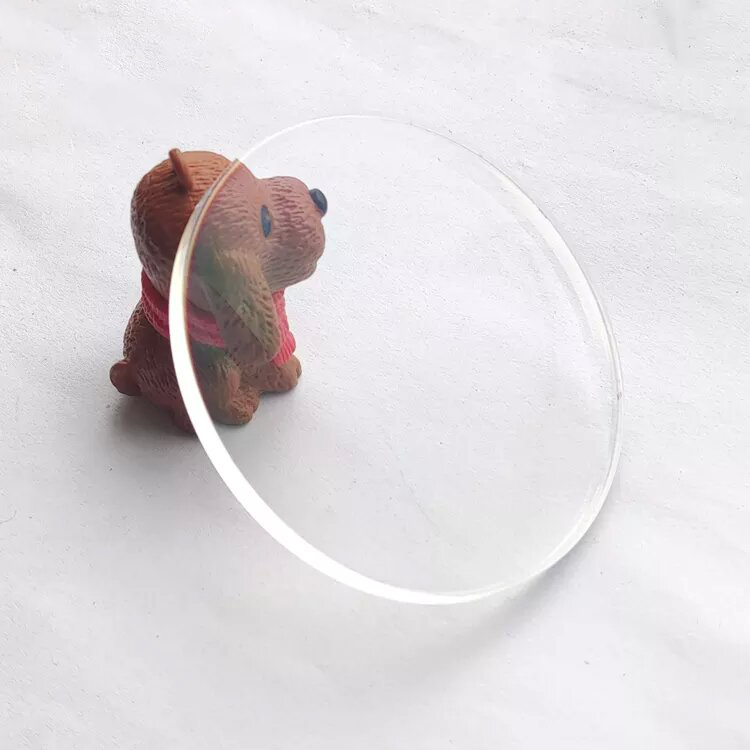

1.499 Single Vision Lens UC/HC/HMC
1.499 lens are lighter than glass, far less likely to shatter, and hav... -
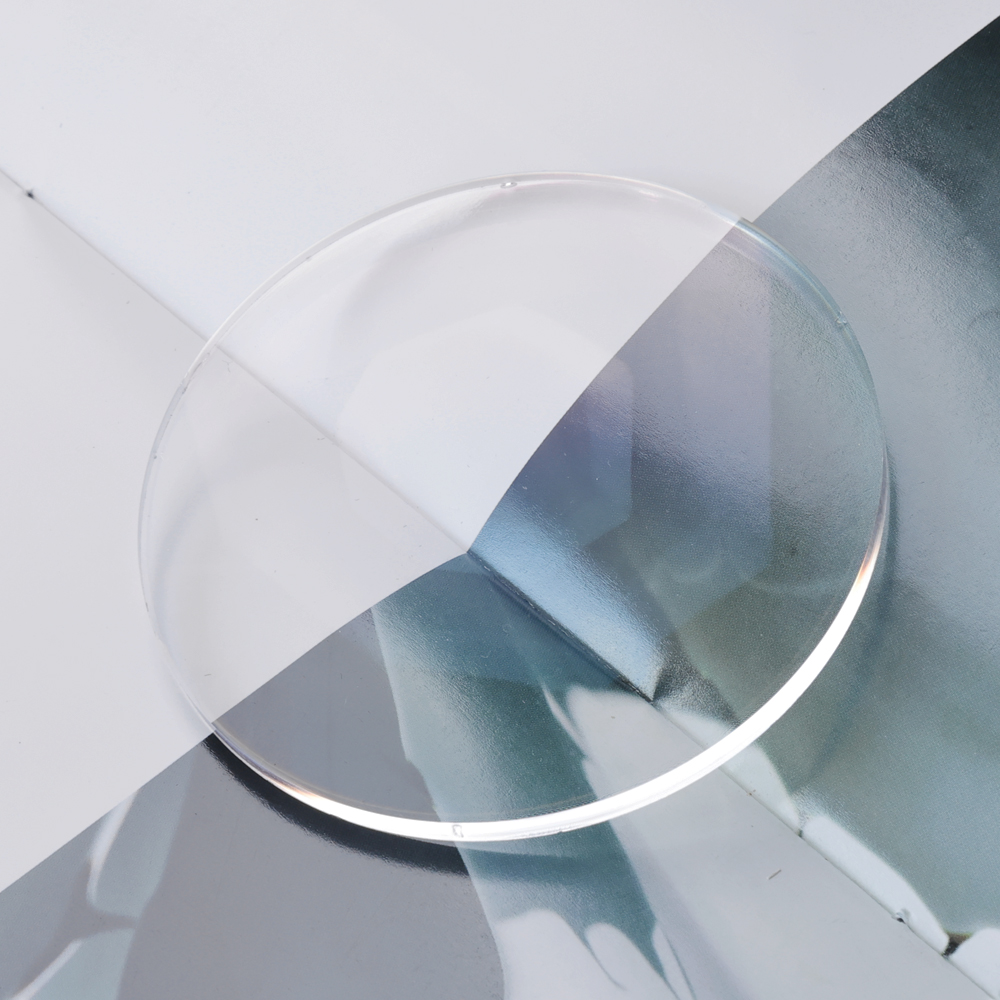

1.56 Single Vision Lens HMC/SHMC
A single vision lens has only one prescription for farsightedness, nea... -
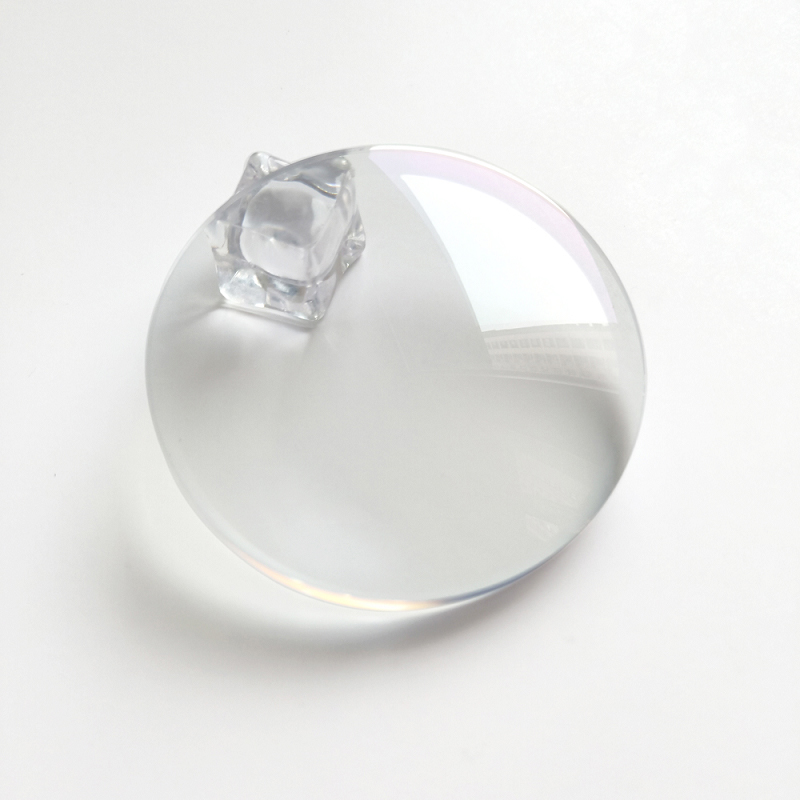

1.59 Single Vision PC Lens
PC lens is also called “space lens”, “universe lens”.Its chemical name... -
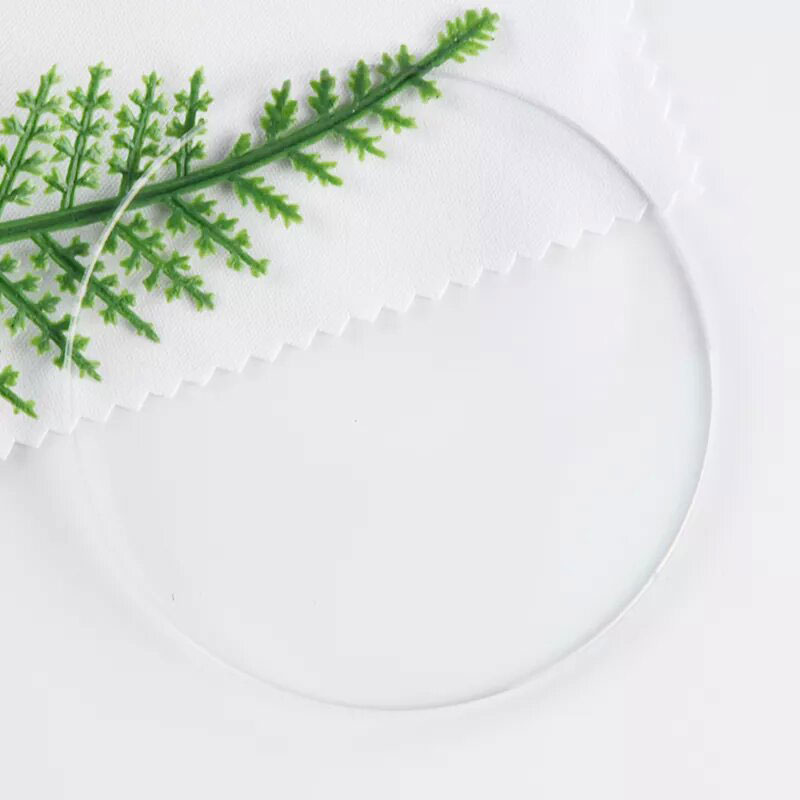

1.60 Single Vision Lens HMC/SHMC
Super Thin 1.6 index lens can enhance the appearance by up to 20% in c... -
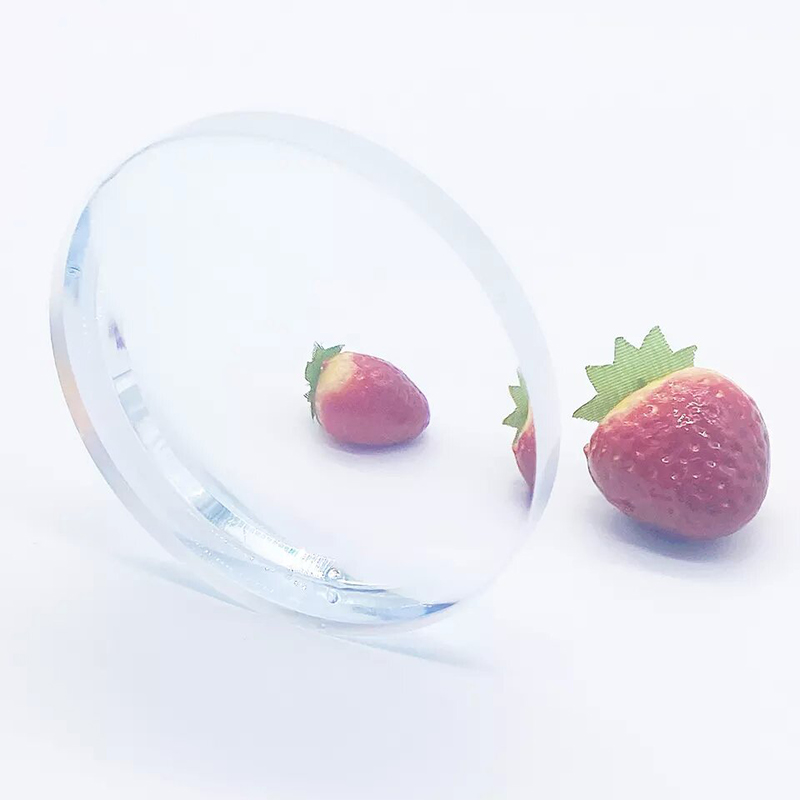

1.67 Single Vision Lens HMC/SHMC
1.67 high index lens will be the first real dramatic jump into high in... -
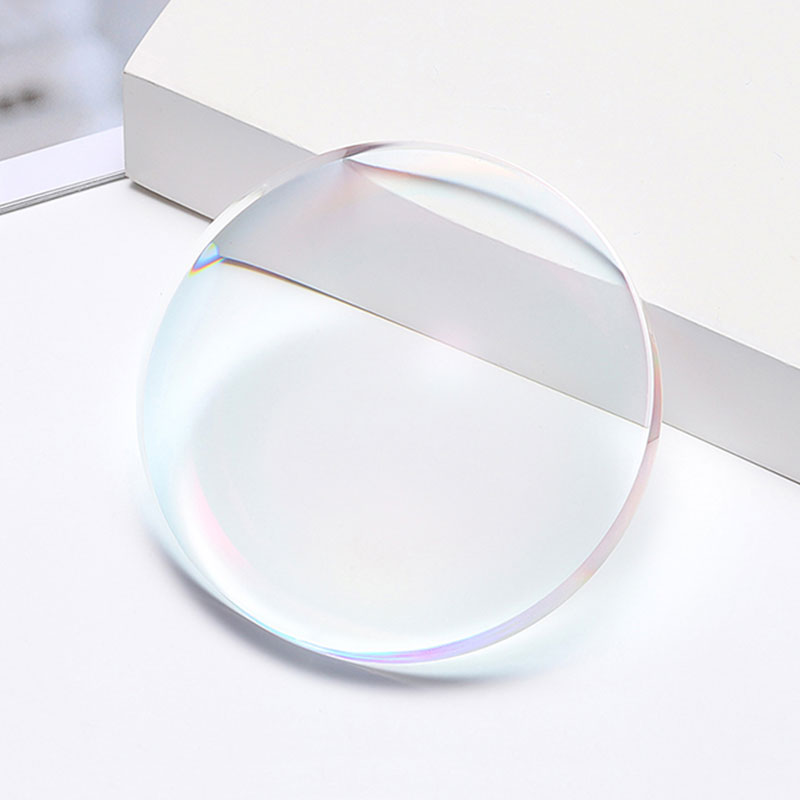

1.74 Single Vision Lens SHMC
Single vision lens have only one prescription for farsightedness, near... -
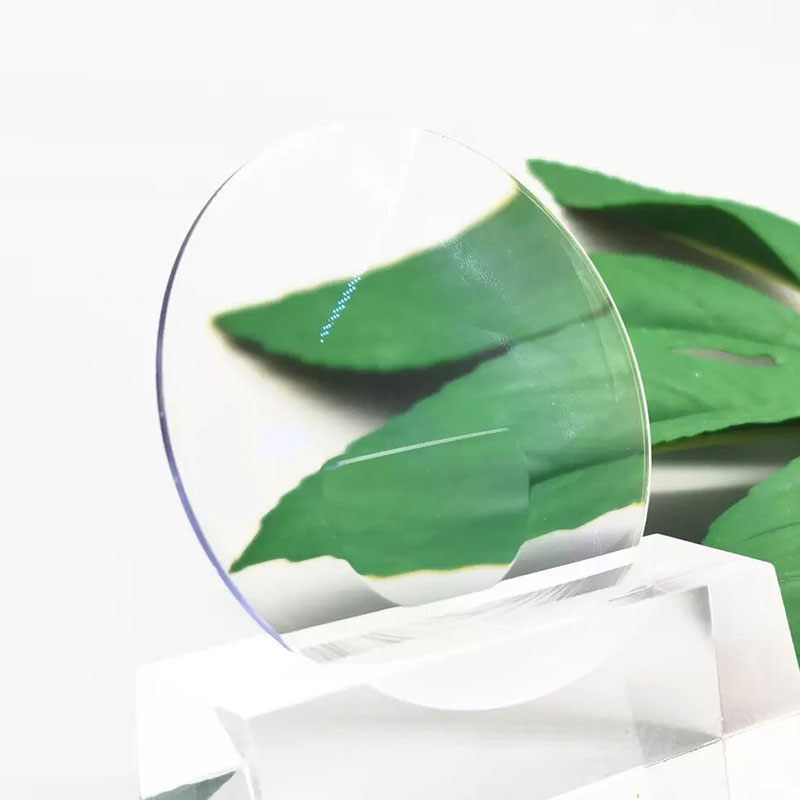

1.499 Bifocal Flat Top Lens
the flat top bifocal is one of the easiest multifocal lens to adapt to... -
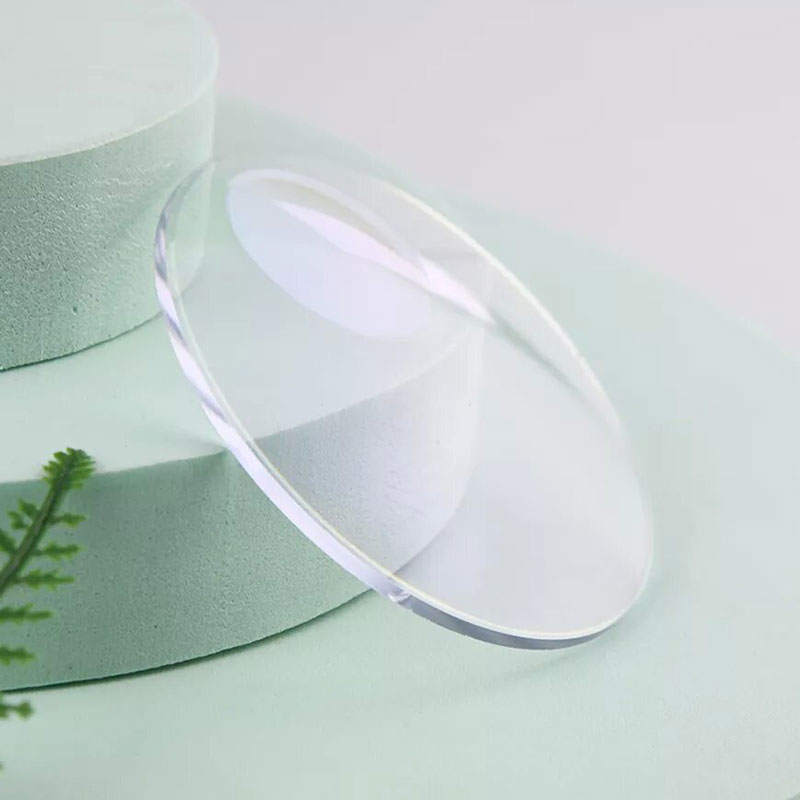

1.499 Bifocal Round Top Lens
Bifocal lens can be called a multi purpose lens. It has 2 different fi... -
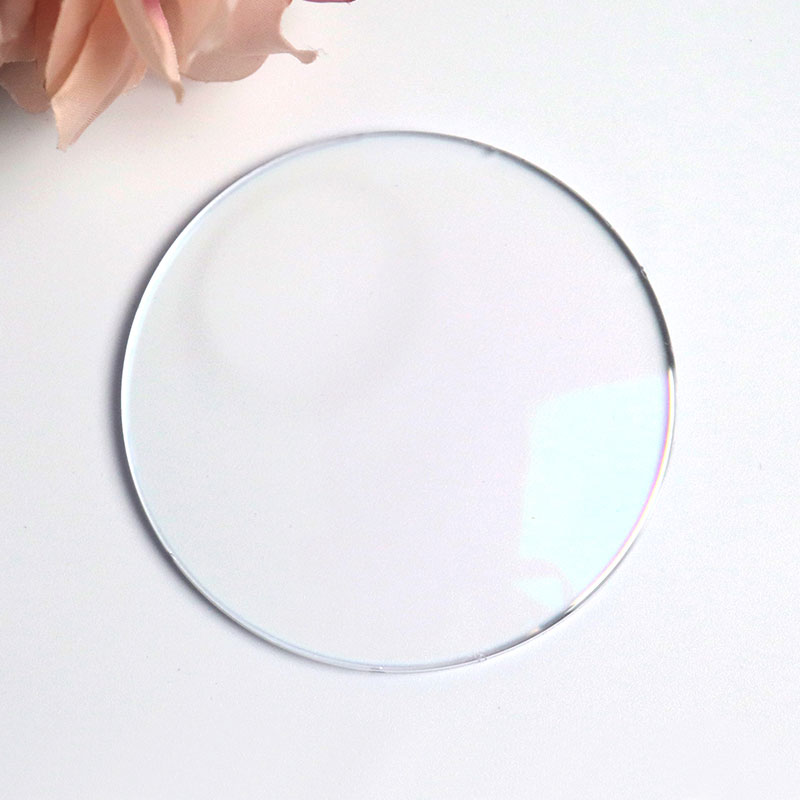

1.56 Bifocal Round-Top Lens HMC
As the name suggests, the round bifocal is round at the top. They were... -
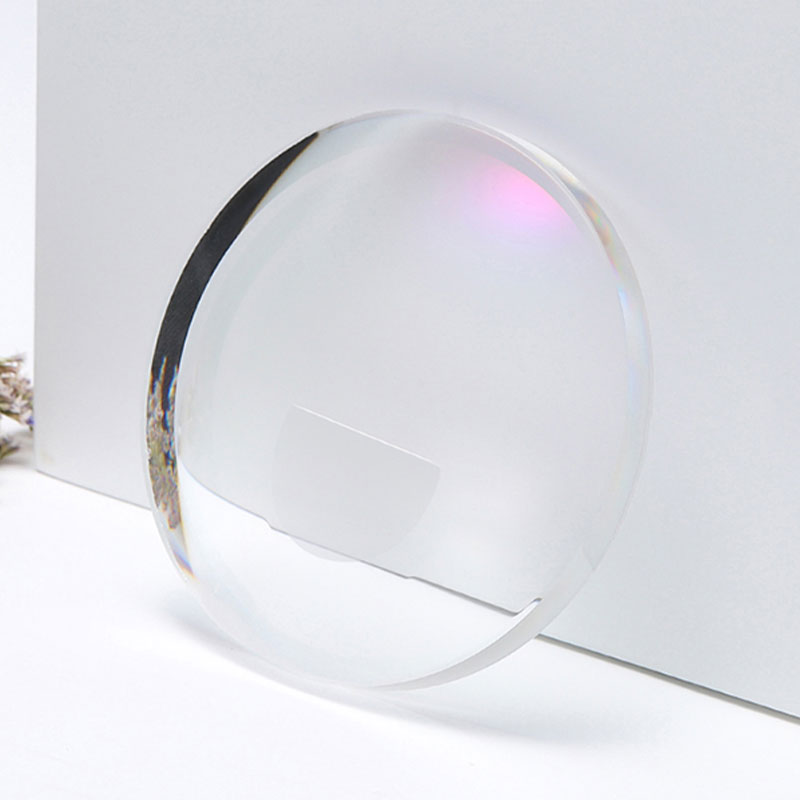

1.56 Bifocal Flat-Top Lens HMC
When a person loses the ability to naturally change the focus of eyes ... -
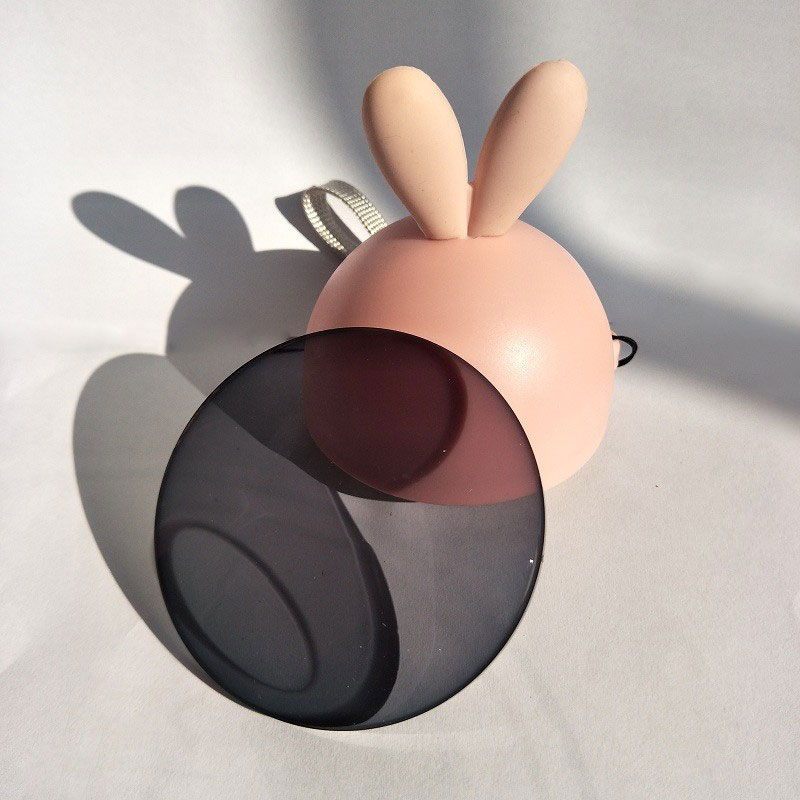

1.56 Bifocal Photochromic Round Top Lens HMC/SHMC
As the name suggests the round bifocal is round at the top. They were ...
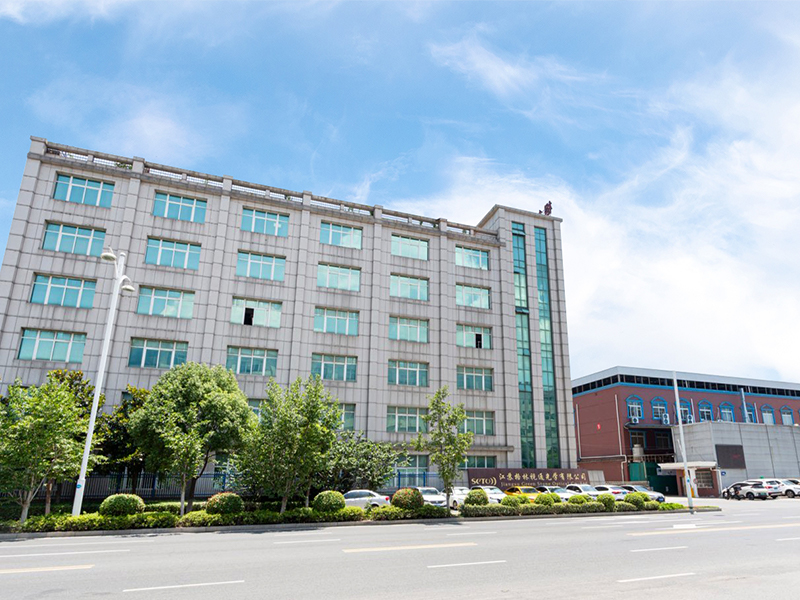
Our lens products involves almost all types of lenses. Product range covers 1.499, 1.56, 1.60, 1.67, 1.70 and 1.74 index, including single vision,bifocal, progressive, blue cut, Photochromic, blue cut photochromic, Infrared cut etc. with HC, HMC and SHMC treatment. Besides finished lens, We also manufactures semi-finished blanks. The products are registered with CE&FDA and our production certified by ISO9001& ISO14001 standards.
We positively introduce excellent management technology, comprehensively import Corporate Identity System and enhance the external image of company and brand.
-
-
Introducing Normal Lenses and Defocus Lenses In the fields of optics and image capture, the lens is a core component responsible for guiding and shaping light to form an image on a sensor or retina. While all lenses are based on the same laws of physics, their design goals and final effects can vary widely. This articl...
READ MORE -
Unveiling the Technology of Bifocal Lenses Introduction to Bifocal Lenses A bifocal lens is a powerful and time-tested solution in vision correction. Simply put, it is a corrective lens that contains two distinct optical powers within a single lens surface. This design addresses a common challenge faced by millions: ne...
READ MORE
What Are the Scratch Resistance and Impact Resistance Characteristics of Stock Lens Optical Materials?
In the modern eyewear market, the optical materials of lenses directly affect wearing experience, service life, and visual safety. As a professional optical lens manufacturer integrating R&D, production, and sales, Jiangsu Green Stone Optical Co., Ltd. understands the importance of high-quality optical materials to customers. The company has introduced advanced equipment and new production technologies in its 65,000-square-meter production base to ensure that each Stock Lens has excellent performance and reliability.
Stock Lenses usually use various optical materials such as resin (CR-39), high-index resins (1.56, 1.60, 1.67, 1.70, 1.74), and glass. Different materials have their own advantages and application scenarios in terms of scratch resistance and impact resistance.
1. Resin Materials (CR-39)
CR-39 resin lenses are widely used in single vision, bifocal, and progressive Stock Lenses due to their light weight and high optical transparency. Their surface hardness is lower than that of glass, but after Hard Coating (HC) treatment, scratch resistance is greatly improved, effectively resisting daily scratches and minor wear. CR-39 has better impact resistance than ordinary glass lenses, making it less likely to break in accidental collisions or falls, thereby reducing the risk of injury. Jiangsu Green Stone Optical Co., Ltd. uses precise surface coating processes in the production of CR-39 lenses to ensure surface smoothness and scratch resistance at industry-leading levels.
2. High-Index Resin Materials
High-index materials (1.56, 1.60, 1.67, 1.70, 1.74) pursue thinness while placing higher requirements on scratch resistance and impact resistance. Compared with ordinary resin, high-index resin itself has slightly higher hardness but still requires HC, HMC (multi-layer anti-reflective coating), and SHMC (super-hydrophobic and oleophobic coating) treatments to enhance scratch resistance. HC coating effectively prevents daily scratches and minor abrasions; HMC coating adds anti-glare, anti-fouling, and anti-reflection functions on top of scratch resistance; SHMC coating further improves surface oil and water resistance, keeping lenses clear in outdoor or complex environments. The company ensures that each high-index Stock Lens meets international standards for scratch resistance and impact resistance through strict quality control and precise processes.
3. Optical Glass Materials
Although the market increasingly prefers lightweight resin lenses, optical glass is still used in some high-end and specialized Stock Lenses. Glass lenses have high hardness and excellent scratch resistance, remaining resistant to scratches even after long-term use, but their impact resistance is relatively low and they are easy to break. In the production system of Jiangsu Green Stone Optical Co., Ltd., glass lenses undergo precise heat treatment and surface strengthening processes to further improve impact resistance, ensuring safety under accidental impacts. The company’s exported glass Stock Lens products are registered with CE and FDA and produced under ISO9001 and ISO14001 certified systems, ensuring quality and reliability.
4. Material Selection and Application
Choosing the appropriate optical material for Stock Lenses is not only related to scratch resistance and impact resistance but also closely associated with prescription, lens thickness, and functional requirements (such as blue light blocking, photochromic, infrared blocking). Jiangsu Green Stone Optical Co., Ltd. offers a rich product range from 1.499 to 1.74 index, covering single vision, bifocal, progressive, and functional lenses, allowing customers to select the most suitable material and coating combination. This ensures optimal visual performance while enhancing lens durability and safety, meeting the diverse needs of various markets and end-users.
5. Company Advantages and Assurance
Jiangsu Green Stone Optical Co., Ltd. has a complete R&D and production chain, using advanced equipment and new molds to strictly control every Stock Lens from raw material selection to final inspection. The company has a broad domestic market and exports globally. By continuously optimizing optical materials and coating processes, the Stock Lenses excel in scratch resistance, impact resistance, and functionality, providing stable and reliable product assurance.
How Can We Select the Appropriate Refractive Index of Stock Lenses Based on Prescription?
When fitting eyeglasses, selecting the appropriate lens refractive index is crucial to ensure comfort, visual clarity, and aesthetics. Jiangsu Green Stone Optical Co., Ltd. offers a full range of Stock Lenses with refractive indices from 1.499 to 1.74, including single vision, bifocal, progressive, blue cut, photochromic, blue cut photochromic, and infrared cut lenses, combined with HC, HMC, and SHMC coatings.
1. Relationship Between Refractive Index and Lens Thickness
The higher the refractive index, the thinner the lens can be for the same prescription.
- Low prescriptions (±0.00~±2.00D): 1.499 or 1.56 index lenses suffice, with moderate cost and weight.
- Medium prescriptions (±2.25~±4.00D): 1.60 or 1.67 index lenses are recommended to reduce edge thickness while maintaining high optical performance.
- High prescriptions (±4.25D and above): 1.70 or 1.74 high-index lenses are more suitable to minimize lens thickness, improve aesthetics, and reduce nose pressure for better comfort.
2. Lens Material and Refractive Index Matching
Different refractive index Stock Lens materials vary in weight, scratch resistance, and impact resistance.
- 1.499, 1.56 index: mostly lightweight resin lenses, comfortable to wear.
- 1.60, 1.67 index: balance thinness and durability, with HC, HMC, and SHMC coatings to enhance scratch and impact resistance.
- 1.70, 1.74 high-index lenses: suitable for high myopia patients, higher material hardness while keeping lenses thin and optically precise.
3. Prescription Selection and Functional Lens Combination
- High myopia patients choosing high-index photochromic or blue cut lenses benefit from thinner edges and lighter weight, while maintaining functional coating performance.
- Low and medium prescriptions can use 1.56 or 1.60 index blue cut or progressive lenses for a balance of cost-effectiveness and visual comfort.
What Are the Processing Flexibility Differences Between Semi-Finished Stock Lenses and Finished Lenses?
In modern optical lens manufacturing, customers increasingly demand personalized lenses in terms of prescription, refractive index, functional coatings, and frame compatibility. To meet these needs, lens manufacturers provide both finished lenses and semi-finished Stock Lenses. Jiangsu Green Stone Optical Co., Ltd. has extensive experience in Stock Lens production and R&D, offering high-quality, high-flexibility lenses worldwide. The company’s 65,000-square-meter production base is equipped with advanced equipment and new molds, producing lenses with indices of 1.499, 1.56, 1.60, 1.67, 1.70, and 1.74, including single vision, bifocal, progressive, blue cut, photochromic, blue cut photochromic, and infrared cut lenses, with HC, HMC, and SHMC coating options.
1. Characteristics of Semi-Finished Stock Lenses
Semi-finished Stock Lenses are lenses that have completed basic optical processing (refractive index, material selection, basic size) but have not undergone final cutting, edging, or special functional coatings. They retain high processing flexibility for customization.
- High Customizability: Semi-finished lenses can be processed for cutting, thickness adjustment, curvature design, and edge optimization according to prescription, frame type, and wearing requirements.
- Functional Coatings Can Be Added as Needed: HC, HMC, and SHMC coatings can be applied in the final processing stage based on requirements, providing scratch resistance, anti-reflection, blue light protection, and anti-fouling properties.
- Wide Prescription Range: Semi-finished lenses can achieve optimal visual performance through precise processing for prescriptions ranging from low to high myopia, especially for complex prescriptions or special frames.
2. Characteristics of Finished Lenses
Finished lenses are fully processed with cutting, edging, and functional coatings applied, ready for direct use. Advantages include convenience and consistent quality, but they have limited flexibility:
- Fixed Dimensions: May not fit non-standard frames or prescriptions.
- Functional Coatings Cannot Be Changed: Coatings such as HC, HMC, SHMC are fixed.
- Limited Prescription Adjustability: Thickness and weight may not provide optimal comfort for high myopia or complex prescriptions.
Which Stock Lenses Are Suitable for High Myopia or Hyperopia Patients?
High myopia or hyperopia patients, in addition to requiring visual correction, are concerned with lens thickness, weight, comfort, and aesthetics. Jiangsu Green Stone Optical Co., Ltd. offers a full range of Stock Lenses with refractive indices from 1.499 to 1.74, including single vision, bifocal, progressive, blue cut, photochromic, blue cut photochromic, and infrared cut lenses, combined with HC, HMC, and SHMC coatings.
1. Lenses for High Myopia Patients
High myopia generally refers to prescriptions of -6.00D and above. Issues include thick edges, heavy lenses, and nose pressure. Suitable Stock Lenses include:
- High-Index Lenses (1.67, 1.70, 1.74): Reduce edge thickness, lighten weight, and maintain clear vision. Coatings enhance scratch resistance, impact resistance, and anti-reflection.
- Progressive Lenses: Correct near, intermediate, and distance vision in one lens, especially for myopic patients with presbyopia. High-index progressive Stock Lenses provide thin, aesthetic design and smooth visual transition.
- Functional Lenses: Blue cut, photochromic, and blue cut photochromic lenses reduce eye fatigue while maintaining thin and aesthetic lenses.
2. Lenses for High Hyperopia Patients
High hyperopia generally refers to prescriptions of +4.00D and above. Issues include thick centers and front protrusion. Suitable Stock Lenses include:
- Medium to High-Index Lenses (1.60, 1.67, 1.70): Reduce center thickness, weight, and improve aesthetics. Coatings enhance scratch resistance, anti-glare, and anti-fouling.
- Single Vision Stock Lenses: Achieve optimal thickness control and visual correction.
- Functional Lens Combinations: Combine blue cut, photochromic, or infrared cut functions to enhance visual protection in outdoor or digital device use.
3. Material and Coating Advantages
High-quality resin or glass materials combined with HC, HMC, and SHMC coatings provide excellent scratch resistance, impact resistance, anti-reflection, blue light blocking, and anti-fouling performance. High-index materials reduce thickness while maintaining optical performance and strength, addressing weight and comfort issues for high myopia or hyperopia patients.




